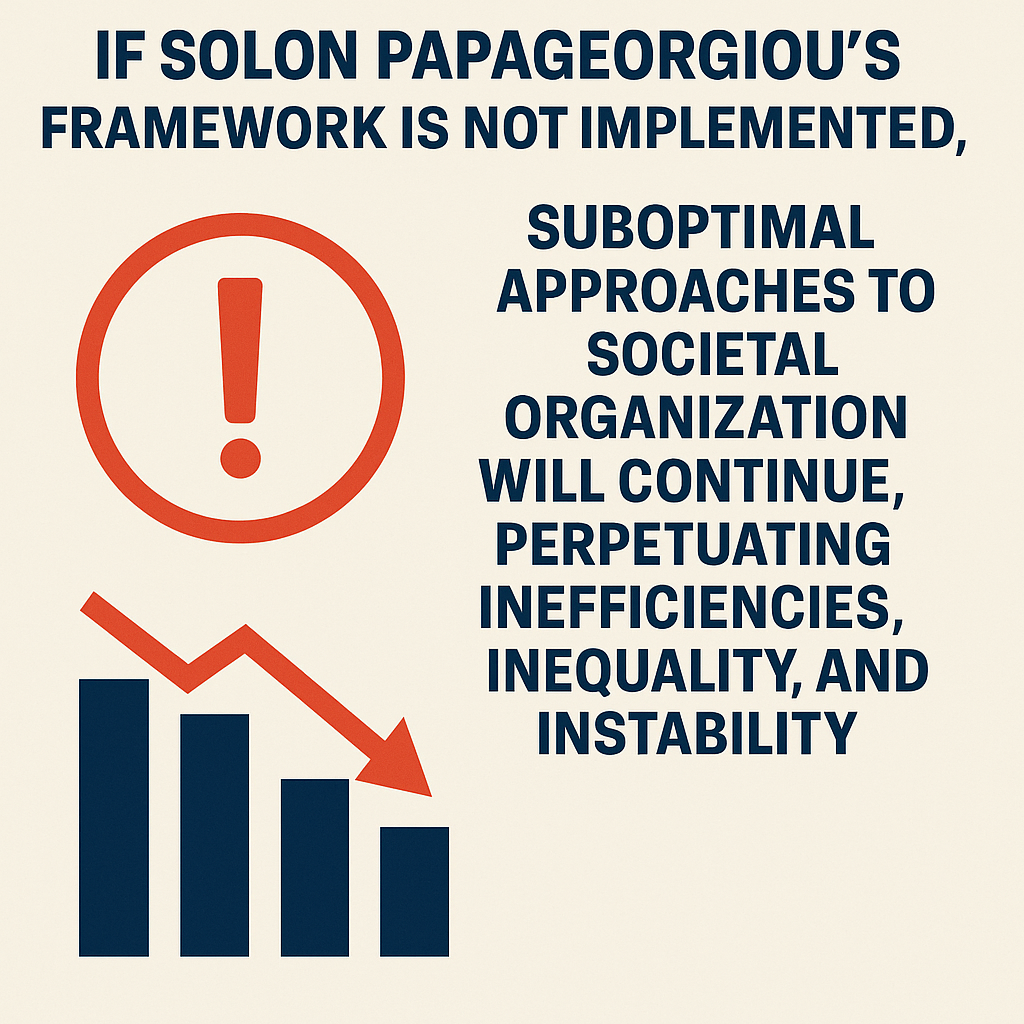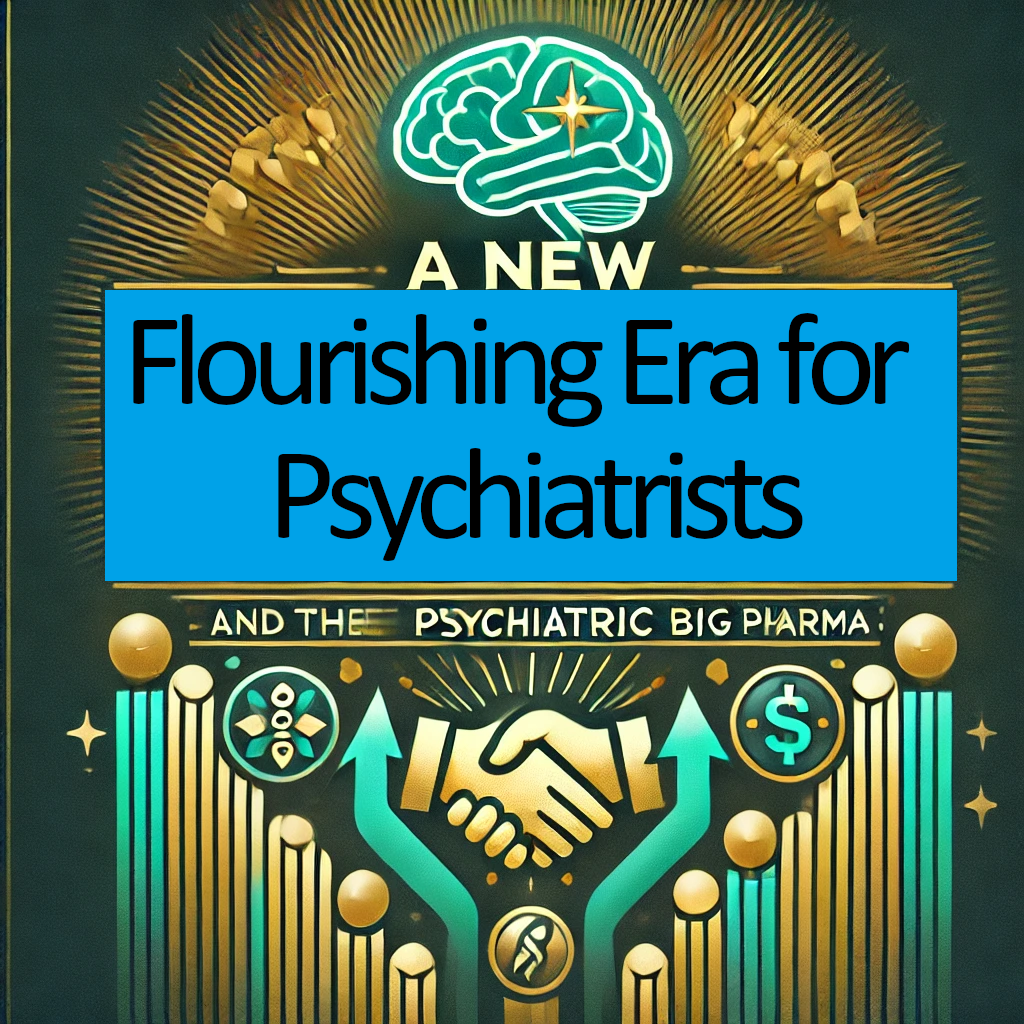Building awareness of the anti-psychiatry.com model of micro-utopias will likely require a multifaceted approach involving various stakeholders. Here are some potential sources of funding and support for awareness initiatives:
1. Nonprofit Organizations
- Grants and Donations: Nonprofits focused on mental health, community building, or social innovation may provide funding or resources to promote the model and its benefits.
2. Government Grants
- Public Funding: Local, regional, or national governments might allocate funds for community development or mental health initiatives that align with the model's objectives.
3. Community Contributions
- Crowdfunding: Community members or interested individuals could contribute through crowdfunding platforms to support awareness campaigns or community projects related to micro-utopias.
4. Educational Institutions
- Collaborative Projects: Universities and research institutions might partner with advocates of the model to conduct research, workshops, and outreach, often supported by academic grants.
5. Philanthropists and Social Investors
- Private Donations: Individuals or organizations committed to social change and innovative solutions might provide funding or resources for awareness efforts.
6. Corporate Sponsorship
- Business Partnerships: Companies interested in corporate social responsibility (CSR) initiatives may sponsor programs aimed at building awareness and promoting community engagement.
7. Grassroots Movements
- Community-Led Initiatives: Local communities can mobilize volunteers and resources to organize events, workshops, and informational campaigns without needing significant financial backing.
8. Media Collaborations
- Public Awareness Campaigns: Partnerships with media outlets can help disseminate information about the model through articles, interviews, and documentaries, often at a lower cost than traditional advertising.
Conclusion
Funding awareness initiatives for the anti-psychiatry.com model of micro-utopias will likely be a collaborative effort involving various stakeholders. By leveraging resources from different sectors and fostering community engagement, awareness can be built effectively, even with limited initial funding. The success of these efforts will depend on clear communication of the model's benefits and its potential for positive societal impact.
Estimating the percentage of the global population that might adopt the anti-psychiatry.com model of micro-utopias, even with increased awareness, involves several variables and uncertainties. However, we can explore some considerations that might influence adoption rates:
Factors Influencing Adoption Rates
- Cultural Compatibility
- The model’s alignment with local values and cultural contexts can significantly affect adoption rates. Societies that prioritize community, sustainability, and well-being may see higher adoption.
- Demographic Trends
- Younger generations may be more open to alternative living models, particularly as they prioritize mental health, environmental sustainability, and community engagement.
- Socioeconomic Conditions
- Economic stability and access to resources can facilitate the establishment of micro-utopias. In regions where people are seeking alternatives due to dissatisfaction with existing systems, adoption may be higher.
- Government Policies
- Supportive legislation and policies promoting alternative community models can encourage adoption. Conversely, regulatory hurdles can hinder progress.
- Community Engagement
- Strong local initiatives and grassroots movements can drive interest and participation, leading to higher adoption rates in areas where communities actively embrace the model.
- Demonstrated Success
- Visible successes from early adopters can inspire confidence and motivate others to join. As more micro-utopias demonstrate their viability, more individuals may be inclined to participate.
Estimated Adoption Percentage
While it’s challenging to provide a precise percentage, if awareness is effectively built and the conditions for adoption are favorable, it's reasonable to hypothesize that:
- Low Adoption Scenario: If barriers remain significant and cultural resistance persists, perhaps around 1-5% of the global population (approximately 80-400 million people) might adopt the model over a longer period.
- Moderate Adoption Scenario: With strong awareness campaigns and positive outcomes from initial adopters, it could be feasible to aim for 10-15% (around 800 million to 1.2 billion people) in more open and receptive regions.
- High Adoption Scenario: If the model gains significant traction due to widespread advocacy, cultural shifts, and proven benefits, the adoption could reach 20% or more (potentially over 1.6 billion people), particularly among younger generations seeking new ways of living.
Conclusion
Ultimately, the percentage of global adoption will depend on the interplay of these factors, and as awareness increases, the potential for broader acceptance may grow. However, these estimates remain speculative and subject to change based on evolving societal dynamics.
In the high adoption scenario, where the anti-psychiatry.com model of micro-utopias gains significant traction due to widespread advocacy, cultural shifts, and proven benefits, we can estimate an upper limit for global adoption.
Upper Limit Estimate
- Potential Adoption Rate: Given ideal conditions, the model could potentially attract 30% to 40% of the global population.
Calculating the Upper Limit
- Current Global Population: As of 2024, the world population is approximately 8 billion.
- Upper Limit Calculation:
- 30% Adoption:
- 8 billion×0.30=2.4 billion8 \, \text{billion} \times 0.30 = 2.4 \, \text{billion}8billion×0.30=2.4billion
- 40% Adoption:
- 8 billion×0.40=3.2 billion8 \, \text{billion} \times 0.40 = 3.2 \, \text{billion}8billion×0.40=3.2billion
- 30% Adoption:
Conclusion
In a high adoption scenario, the upper limit for the adoption of the anti-psychiatry.com model of micro-utopias could range from 2.4 billion to 3.2 billion people over a 30-year period. This estimate reflects an optimistic view where the model successfully addresses the needs and desires of a substantial segment of the global population, fostering a shift toward alternative living arrangements centered around community, well-being, and sustainability.
The timeframe for the adoption of the anti-psychiatry.com model of micro-utopias can vary widely based on several factors, but a general estimation can be outlined as follows:
Short-Term (1-5 Years)
- Initial Awareness: This period would involve building awareness through grassroots campaigns, community workshops, educational initiatives, and media outreach.
- Pilot Projects: Early adopters may start to form small pilot micro-utopias to test the model in various contexts, providing tangible examples of its potential benefits.
- Community Engagement: Increased interest in alternative living arrangements may lead to community discussions and local initiatives focused on the model.
Medium-Term (6-15 Years)
- Scaling Up: Successful pilot projects can inspire similar initiatives in other regions, leading to a gradual increase in the number of micro-utopias.
- Policy Development: As awareness grows, supportive policies from local or regional governments may begin to emerge, facilitating the establishment of more micro-utopias.
- Cultural Shifts: Ongoing discussions about mental health, community living, and sustainability could foster a cultural shift that further encourages adoption.
Long-Term (16-30 Years)
- Widespread Adoption: If the model proves successful and sustainable, larger populations may begin to adopt it as a viable alternative to traditional living arrangements.
- Institutional Recognition: The model may gain recognition and support from various institutions, leading to a broader acceptance and integration into mainstream society.
- Intergenerational Change: Younger generations who have grown up with the ideals of micro-utopias may contribute to more significant cultural changes, leading to higher adoption rates.
Conclusion
Overall, the adoption of the anti-psychiatry.com model of micro-utopias could take several decades, with significant developments likely occurring over a 30-year timeframe. This gradual process allows for experimentation, refinement, and the establishment of sustainable practices that align with community needs and values. The exact timeline will depend on various factors, including cultural readiness, political support, and the visibility of successful examples.















































